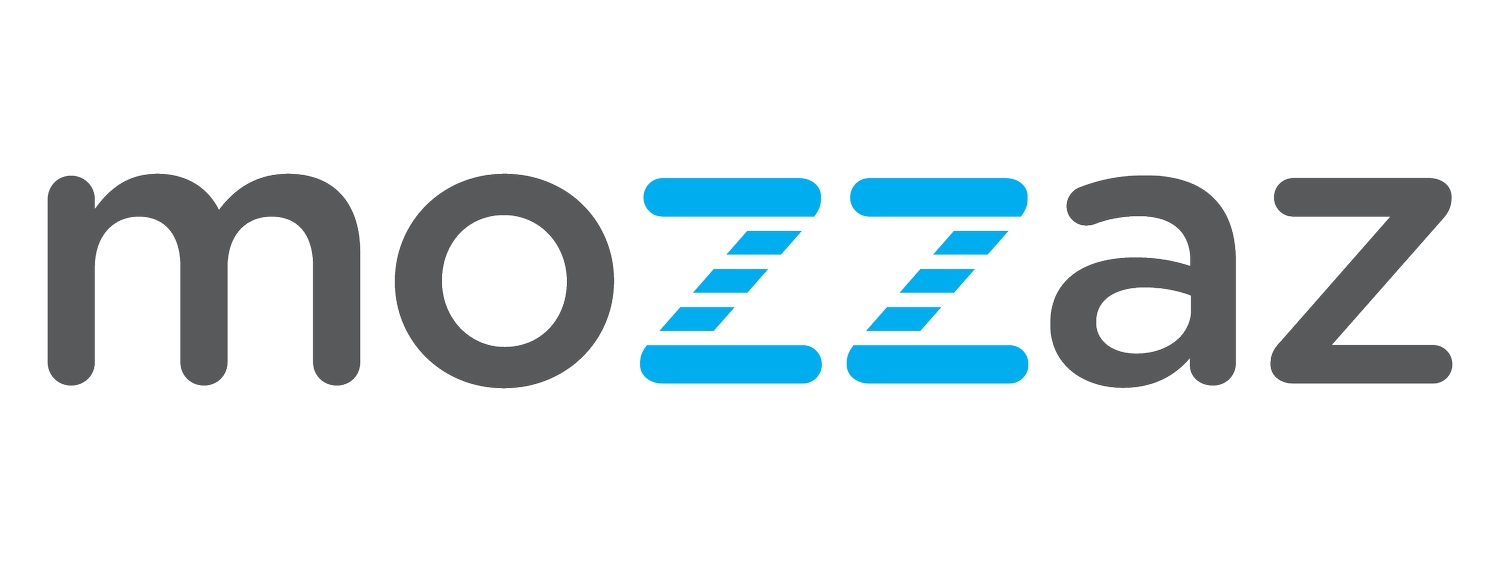How Remote Patient Monitoring Can Improve Long-Term Care
Long term care, the support needed when an individual is unable to perform daily activities on their own, is a necessary resource for a variety of patients across several demographics. Those with long-term conditions, physical disabilities, intellectual and developmental disabilities (I/DD), and individuals who are aging can reap great benefits from around the clock care. There are a variety of models set up for long term care, but the most popular preference amongst patients is to receive this care from the comfort of their own home.
As telehealth services rise in popularity, we’re seeing how augmenting in-home, long-term care with technology solutions can help to increase patient independence and improve quality of life even further. Taking a look at just one solution that can be implemented in this environment, remote patient monitoring for long-term care is making a tremendous impact on caregivers and those they serve. Thanks to advancements in connected technology, doctors and nurses providing long-term, in-home care can deliver additional services that conveniently fit into their patients’ daily routines. Read on to learn more about how in-home care and remote patient monitoring work together to better outcomes for long-term care patients.
What Is Remote Patient Monitoring?
In the simplest terms, remote patient monitoring utilizes wearable or nonintrusive devices connected to the Internet to share data about a patient’s health and well-being. For example, someone suffering from hypertension may wear a monitor that continuously tracks blood pressure. People who suffer from diabetes may have glucometers that record information about their blood sugar levels. Patients who need to watch their weight can use a digital bathroom scale to track their BMI. The list goes on…
No matter what the metric being observed, this information is recorded through a monitoring device so it can be shared with doctors. Data is sent seamlessly to the necessary clinician for frequent monitoring, and leveraged to make more informed treatment decisions. In certain cases, those responsible for monitoring may receive automatic alerts if the patient’s vital signs reach a specified threshold that calls for intervention.
How Does It Benefit Long-Term Care Patients?
One important way this technology can improve the lives of patients in long-term care is by improving the level of treatment they receive. Because these devices can provide around-the-clock data about a patient’s condition, physicians can have a more complete understanding of the patient’s needs. This enables doctors and other caregivers to tailor their approach in the manner that will be most effective. However, this is by no means the only benefit that remote patient monitoring provides.
Another critical advantage is that these devices allow patients to spend more time at home, or in their communities and less time at the clinic or doctor’s office. By providing a steady stream of information concerning a patient’s vital signs over the Internet, these devices make it possible for doctors to check in without needing to be face-to-face. For people suffering from chronic conditions, this has the potential to save them hours that might otherwise be spent in a clinical setting.
If, for example, a patient’s blood pressure spikes suddenly and unexpectedly, the doctor can be alerted right away. As part of a larger telehealth platform, this enables the doctor to connect via video chat, phone call, email or secure message. This gives him or her the opportunity to ask the patient questions for more context and suggest a course of action without needing to schedule an in-person appointment.
Taking it a step further, using remote patient monitoring as a part of a comprehensive virtual care solution allows patients and their caregivers to see the most benefits. Specialized, digital tools help to provide highly personalized experiences that encourage engagement, independence, inclusion, and participation. These directly correlate to clinical benefits that can be measured over time. In fact, one Mozzaz client saw a 27% decrease in hospital admissions, 45% decrease in length of hospital stay, and a 25% increase in community participation. Additionally, they reported improved collaboration across care team members, increased patient independence, and improved quality of life.
For people who require long-term care in their homes, the advent of telehealth could prove to be a significant improvement to their quality of life. As a recognized leader in remote patient monitoring technology, Mozzaz has the expertise to help caregivers make the most of it.

